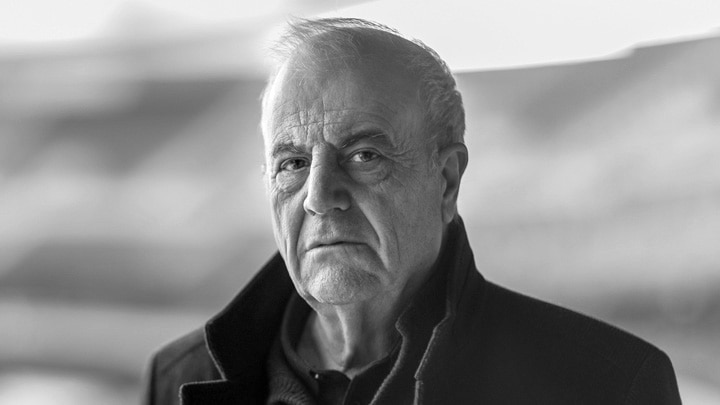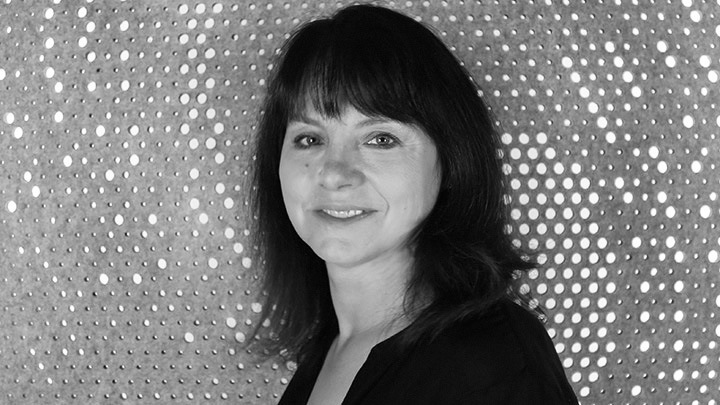Smart lighting has the potential for control and customization, and can therefore impact design like never before.”

As an architect, what would you say are the most important factors when designing interiors?
The most important thing is having an emotional connection with users. The other factors (products, natural light, building layout, lighting, technology…) are like Lego blocks, making a wide variety of elements available to you. You must be able to connect with the users and then use that connection to understand their pain points, their functional needs and their desire for a better workplace experience. You then use the Lego blocks to address these and create unique user experiences.
What role do light and lighting play?
Light and the absence of light have a vital role in design. If correctly harnessed, lighting can instill strong emotions which instantly connect the observer to what they can see. On average, the lighting package makes up 5-7% of the project cost but it can add far more value to the design. Once this aspect is understood by a designer, lighting can contribute significantly to the appeal of a workplace.
What place does light occupy in your projects?
While lighting is an integral part of our projects, I still feel that we have yet to explore its full potential. We use lighting to create experiential design, but we still have to master the drama. For example, I have just returned from a holiday exploring ancient architectural marvels of the Roman era, when obviously there was limited artificial lighting. However, the entire design of these buildings was based on natural light, on sun movement through the day and the year as well as the interplay of light and shade. The outcome is a mesmerising experience which does not need any knowledge of architecture or lighting to appreciate it, as it engulfs you in its drama.
What do you think about smart lighting in interior architecture design?
Smart lighting has the potential for control and customization and can therefore impact design like never before. In addition to responding to personal preferences, lighting helps in boosting productivity, efficiency and concentration. A user now has the ability to modulate lighting and set their environment to their liking (without affecting others). Lighting technology is also being used for indoor navigation, occupancy detection, and now for internet connection as well. I feel that we are at the tipping point where lighting will form the backbone of a smart office. However, for me the true vision for smart lighting would be to replace artificial lighting in its entirety and harness sunlight in a more cost-effective and efficient manner day and night.


Antonio Cruz
Antonio Cruz has developed various projects in many fields and on different scales with the signature of Cruz and Ortiz Arquitectos.

Dejan Todorović
It requires many years of study and work to reach a point where you can imagine that you control the light.

Jill Cody
If we find the right balance between light, surfaces and materials, we can create beauty in any space.